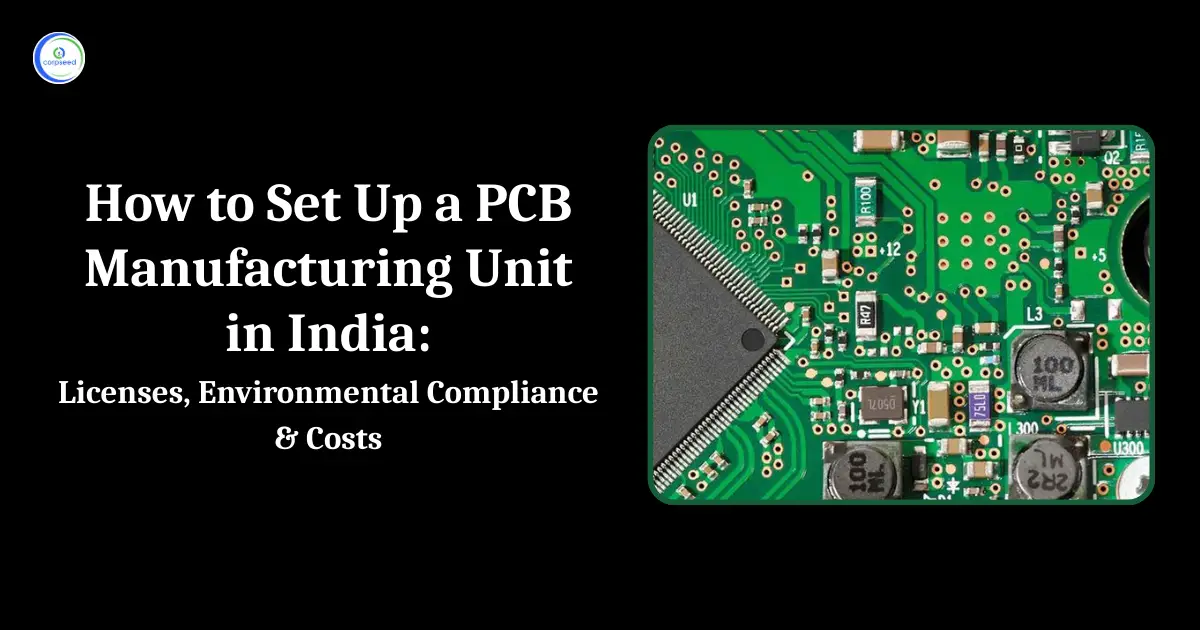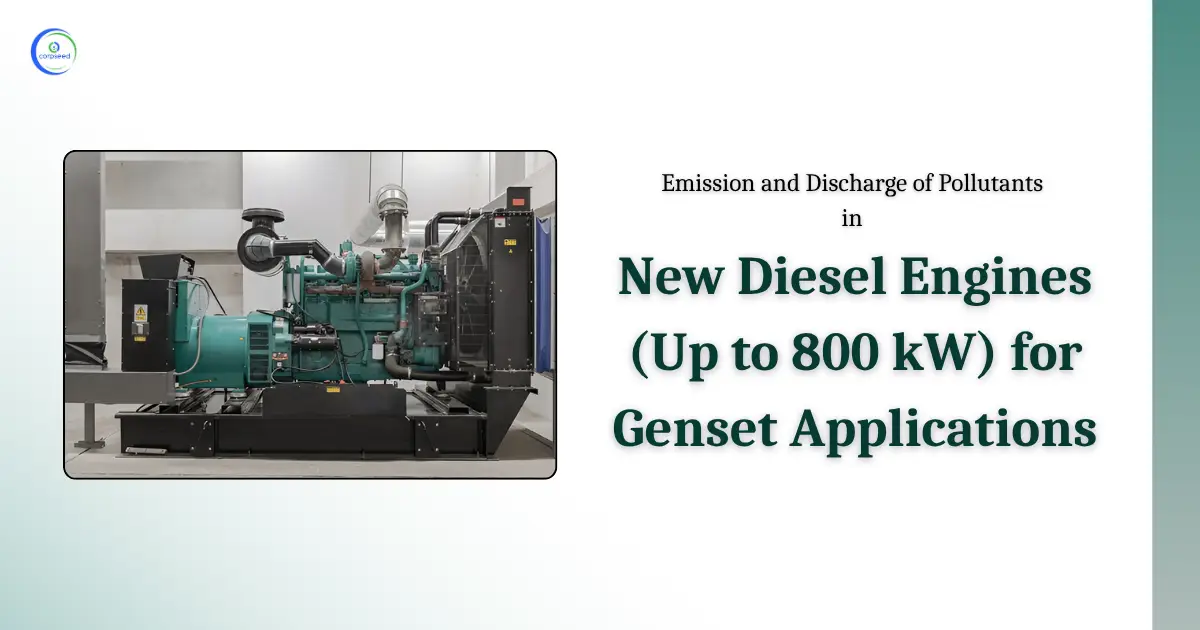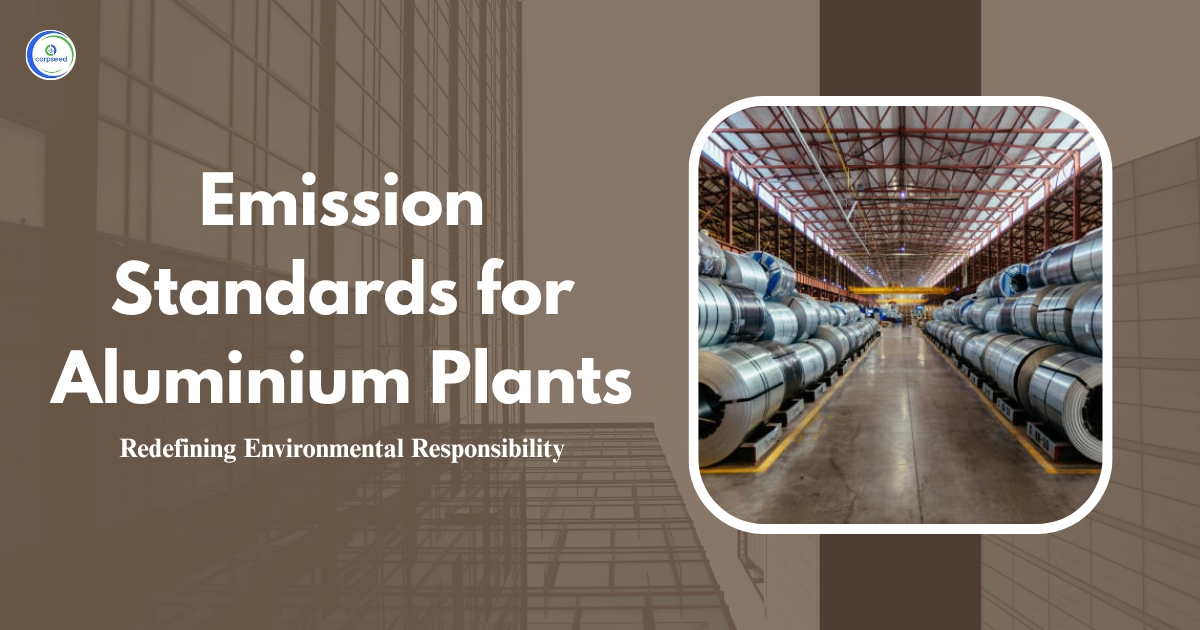In the industrial spectrum, the fermentation industry occupies an important place, acting as a major contributor to food processing and alcohol production. This sector, which includes distilleries, malteries, and breweries, generates large amounts of wastewater that can adversely affect water bodies and soils if not managed properly. To address these environmental concerns, a structured regulatory framework exists to guide emission and discharge practices. This framework is governed by the Environment (Protection) Rules, 1986, supported by agencies like the Central Pollution Control Board (CPCB) and State Pollution Control Boards (SPCB) which ensure environmental compliance through regular monitoring and enforcement.
Table of Contents
- Understanding Environmental (Protection) Rules, 1986
- Major Pollutants of the Fermentation Industry
- Small Pulp and Paper Industry Effluent Standards
- Fermentation Industry (Distilleries, Malteries, Breweries) Effluent Standards
- Leather Tanner Effluent Standards
- Monitoring and Reporting Mechanisms
- Conclusion
--------------Blog Contact Form-------------
Understanding Environmental (Protection) Rules, 1986
The Environment (Protection) Rules, 1986, were established under the Environment (Protection) Act, 1986 to provide a structured framework for controlling environmental pollution in India. These regulations serve as an important regulatory tool, defining specific standards for the emission and discharge of pollutants in various industrial sectors. They cover key environmental components - air, water, and soil, ensuring that pollution levels remain within permissible limits.
For each industry type, including the fermentation sector, including distilleries, malteries, and breweries, the regulations set concentration limits for pollutants discharged into inland surface waters or used for land irrigation. These limits address parameters such as pH, suspended solids, biochemical oxygen demand (BOD), and colour and odour removal. The goal is to reduce the ecological footprint of industrial operations while supporting sustainable development.
Implementation and compliance are overseen by the Central Pollution Control Board (CPCB) and the State Pollution Control Boards (SPCB), which are responsible for monitoring, reporting and enforcing these standards. The regulations are the cornerstone of India’s environmental policy, promoting accountability and environmental responsibility across industries.
Major Pollutants of the Fermentation Industry
Distillery, distillery, and brewery effluents are known to contain high levels of organic pollutants and solids. Pollutants pose varying degrees of environmental risk, necessitating strict regulation under the Environment (Protection) Rules, 1986. The primary pollutants from these industries include:
Biochemical oxygen demand (BOD): A measure of the oxygen required by microorganisms to break down organic matter in waste. High BOD levels can cause oxygen depletion in receiving water bodies.
Suspended solids (SS): These solids can reduce light penetration, inhibit photosynthesis in aquatic environments, and clog irrigation channels when released on land.
pH: The acidity or alkalinity of the waste material affects the solubility and toxicity of chemicals. A balanced pH is very important for aquatic life.
Colour and odour: Although not directly toxic, the removal of colour and unpleasant odour improves the aesthetic and ecological quality of the water.
Small Pulp and Paper Industry Effluent Standards
A comparative understanding of effluent discharge standards for different industries helps assess the regulatory landscape. For example, small pulp and paper industries are governed by specific discharge limits based on their scale of production. In addition, water consumption in these industries does not exceed 250 cubic meters per tonne of paper, emphasizing sustainable resource utilization. Industries producing less than 24,000 metric tons annually must comply with the following standards:
| S.No. | Parameter | Inland Surface Water | Land Disposal |
| 1 | pH | 5.5 – 9.0 | 5.5 – 9.0 |
| 2 | Suspended Solids (mg/l) | 100 | 100 |
| 3 | BOD (mg/l) | 30 | 100 |
| 4 | Sodium Absorption Ratio | - | 1 |
Fermentation Industry (Distilleries, Malteries, Breweries) Effluent Standards
The fermentation industry is regulated by a clear set of waste discharge standards, with a focus on minimizing ecological damage. These standards, as set out in the Environment (Protection) Rules, ensure that effluents discharged into surface waters or used for land irrigation meet environmental safety criteria. These discharge criteria maintain the quality of receiving water bodies while encouraging effective wastewater treatment systems across industries. Compliance is regularly monitored by the CPCB and the respective SPCBs.
| S.No. | Parameter | Inland Surface Water | Land Disposal/Irrigation |
| 1 | pH | 5.5 – 9.0 | 5.5 – 9.0 |
| 2 | Suspended Solids (mg/l) | 100 | 100 |
| 3 | BOD (3 days at 27°C) (mg/l) | 30 | 100 |
| 4 | Colour and Odour | Should be removed as far as practicable | |
Leather Tanner Effluent Standards
Leather tanning is another major polluting industry. While pollutant profiles differ, a comparative look at effluent standards illustrates the broad scope of industrial regulation under the Environment (Protection) Rules.
| S.No. | Parameter | Inland Waters (mg/l) | Public Sewers (mg/l) | Land for Irrigation (mg/l) | Marine Coastal Areas (mg/l) |
| 1 | pH | 6.0 – 9.0 | 6.0 – 9.0 | 6.0 – 9.0 | 6.0 – 9.0 |
| 2 | Suspended Solids | 100 | 200 | 100 | 100 |
| 3 | BOD (3 days at 27°C) | 30 | 350 | 100 | 100 |
| 4 | Chlorides (as Cl) | 1000 | 1000 | 200 | - |
| 5 | Hexavalent Chromium (Cr+6) | 0.1 | 0.2 | 0.1 | 1.0 |
| 6 | Total Chromium (as Cr) | 2.0 | 2.0 | 2.0 | 2.0 |
| 7 | Sulphides (as S) | 2.0 | 5.0 | - | 5.0 |
| 8 | Sodium (percent) | - | 60 | 60 | - |
| 9 | Boron (as B) | 2.0 | 2.0 | 2.0 | - |
| 10 | Oil and Grease | 10 | 20 | 10 | 20 |
Monitoring and Reporting Mechanisms
Strong monitoring and reporting practices are essential to enforce emission standards, ensuring industry compliance with environmental regulations. The Central Pollution Control Board (CPCB) and the State Pollution Control Board (SPCB) play a key role in this process. They conduct regular inspections through field officers to check compliance with leave norms. Industries are mandated to periodically sample and test their effluents for specific pollutants, the results of which are submitted to the respective SPCBs for review.
Before starting or expanding operations, industries must obtain environmental clearances that confirm compliance with regulatory standards. In cases of non-compliance, authorities may impose penalties, suspend operations or take legal action. To strengthen enforcement and promote accountability, the adoption of real-time waste monitoring systems is increasingly being encouraged. These systems provide greater transparency and allow regulators to respond immediately to violations, supporting proactive environmental management and protecting water bodies from industrial pollution.
Conclusion
The fermentation industry, while contributing significantly to economic growth, must adhere to stringent environmental standards to minimize ecological disruption. The Environment (Protection) Rules, 1986, supported by the monitoring efforts of the CPCB and SPCB, play a central role in achieving environmental compliance. By enforcing specific limits for pollutants such as BOD, suspended solids, and pH, these regulations ensure that discharges to water bodies or land do not compromise environmental health. Continuous enforcement, regular reporting, and technical upgrading in wastewater treatment are essential to uphold these standards and ensure sustainable industrial development. For long-term ecological balance and regulatory compliance, all fermentation units must be aligned with the evolving framework of Environmental (Protection) Rules and actively contribute to India’s environmental sustainability agenda.
This portion of the site is for informational purposes only. The content is not legal advice. The statements and opinions are the expression of author, not corpseed, and have not been evaluated by corpseed for accuracy, completeness, or changes in the law.
BOOK A FREE CONSULTATION
Get help from an experienced legal adviser. Schedule your consultation at a time that works for you and it's absolutely FREE.







_Corpseed.webp)
.webp)
